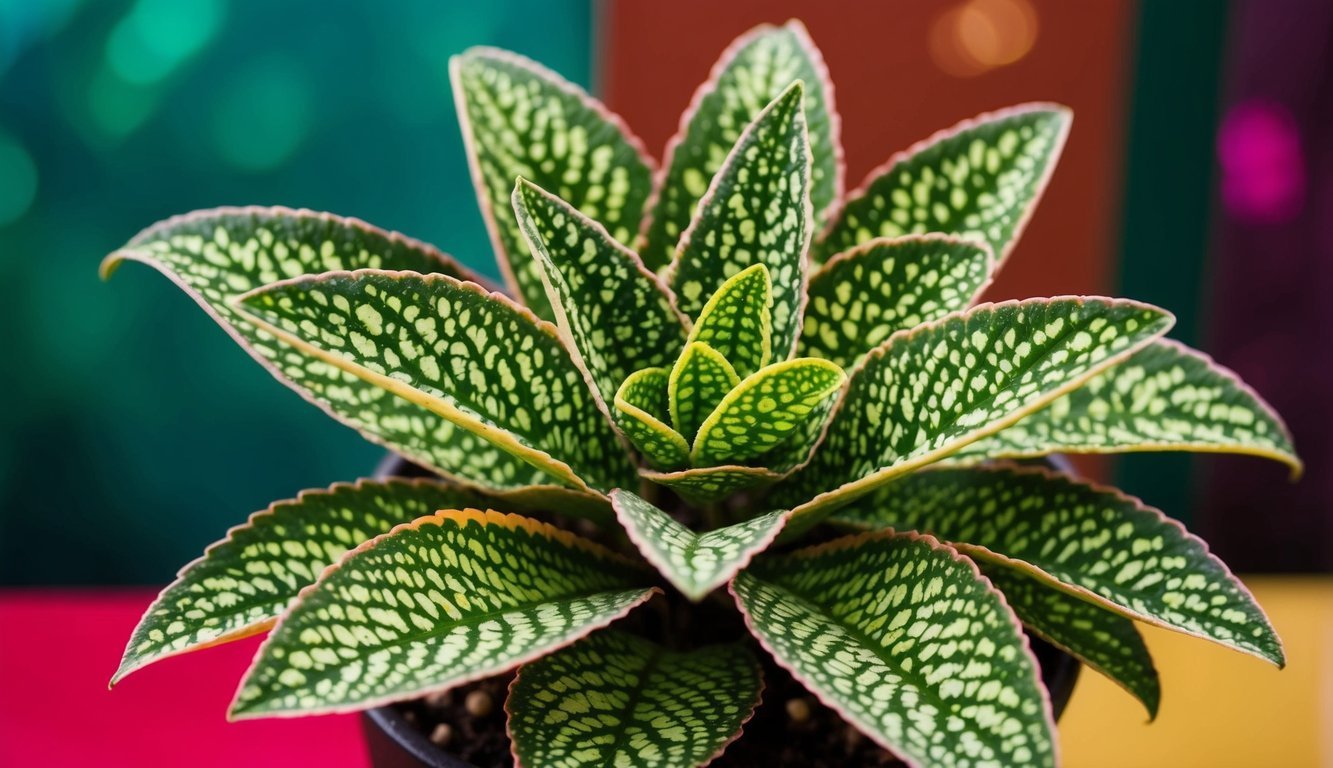
If you’re looking for a fascinating succulent that can easily proliferate, look no further than Kalanchoe daigremontiana, affectionately known as the mother of thousands.
This remarkable plant can grow up to three feet tall and thrives on creating an abundance of tiny plantlets along the edges of its leaves.
These plantlets, complete with their own root systems, eventually detach and take root in the surrounding soil, a unique reproductive strategy known as vivipary.
For gardening enthusiasts in USDA Zones 9 to 11, this resilient succulent can flourish outdoors.
If you reside in a cooler region, don’t worry—you can successfully cultivate it indoors during the winter months and provide it a spot outside in the summer sun.
Previously classified as Bryophyllum daigremontianum, Kalanchoe daigremontiana goes by other names, such as Mexican hat, alligator plant, and devil’s backbone.
It’s essential to distinguish it from its close relative, Kalanchoe delagoensis, which is informally referred to as mother of millions.
Quick Facts at a Glance
- Common Names: Mother of Thousands
- Type: Succulent
- Hardiness (USDA Zones): 9-12 (outdoor)
- Native Region: Madagascar
- Flowering Season: Spring
- Light Requirements: Indirect light to partial shade
- Soil Needs: Loose, sandy, well-draining
- pH Range: 6.0-7.5 (slightly acidic to neutral)
- Time to Maturity: Approximately 5 years
- Mature Size: 2 feet wide by 3 feet tall
- Common Uses: Accent plants, container displays, borders, xeriscaping
Simple Care Tips for Kalanchoe Daigremontiana
Caring for the mother of thousands is quite easy, especially if you create the right growing conditions.
Optimal Temperature
This succulent does not thrive in freezing temperatures for long periods.
Light frosts could blemish the leaves, but the roots are often more resilient.
Ideally, it flourishes between 55°F and 85°F.
Light Preferences
Kalanchoe daigremontiana loves bright, indirect light.
While it can handle morning sun, the harsh rays of the afternoon should be avoided to prevent stress or damage.
Soil Requirements
A well-draining sandy or loamy soil mix is crucial to the plant’s health.
Like its kalanchoe relatives, it is prone to root rot if left in standing water.
Watering Advice
Always allow the soil to dry out completely between watering.
When you water, ensure the soil is damp but not waterlogged to keep your succulent happy.
Fertilization Needs
During the spring, summer, and fall growing seasons, use a mild, balanced fertilizer monthly, or one with higher nitrogen content.
Maintenance Overview
Regular pruning is usually unnecessary, but it’s a good idea to clear away dead leaves as needed.
Repotting Strategy
When kept in containers, this plant will need repotting every few years until it reaches its potential height and width.
How to Propagate Kalanchoe Daigremontiana
This succulent can be propagated through seeds or vegetative methods.
Seed Propagation
If flowering occurs, let the flowers mature into seed heads.
To propagate:
- Fill a seed tray with a succulent potting mix and lightly moisten it.
- Sprinkle seeds evenly on the surface of the mix.
- Cover the tray with a plastic or glass dome and place it in bright, indirect light.
- Keep the soil moist, and in a few weeks, seedlings should sprout.
Cutting Propagation
1.
Take a healthy leaf or stem and cut it.
2.
Allow the cut end to form a callus.
3.
Plant it in moist soil, ensuring it stays out of direct sunlight.
Plantlet Propagation
The little plantlets around the leaf edges can be gently pulled off and planted right into the soil.
Transplanting Guide
To transplant, carefully take the plant out of its existing pot and place it into the new one, firmly pressing the soil around it.
Generally, mother of thousands is resilient against pests.
However, you might occasionally see spider mites, scale, or mealybugs.
Always avoid overwatering to prevent root rot, which is a common issue for succulents.
With just a bit of care, your mother of thousands will thrive as a stunning and low-maintenance addition to your collection, guaranteed to catch the eye and spark conversations!
Source: Gardenerspath

